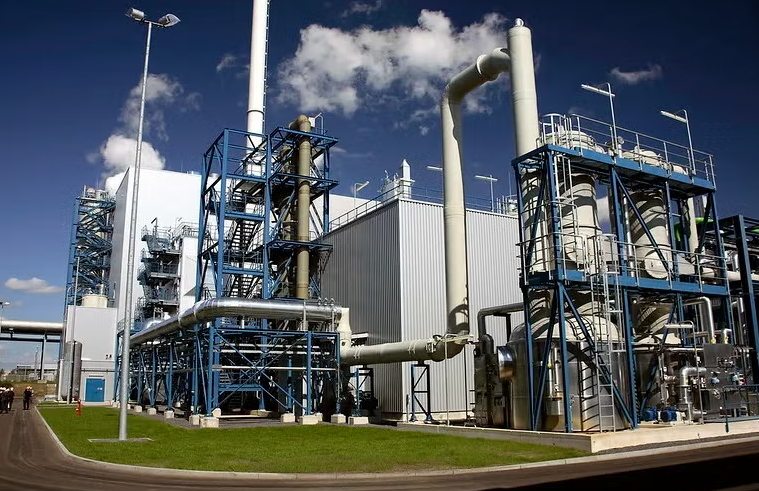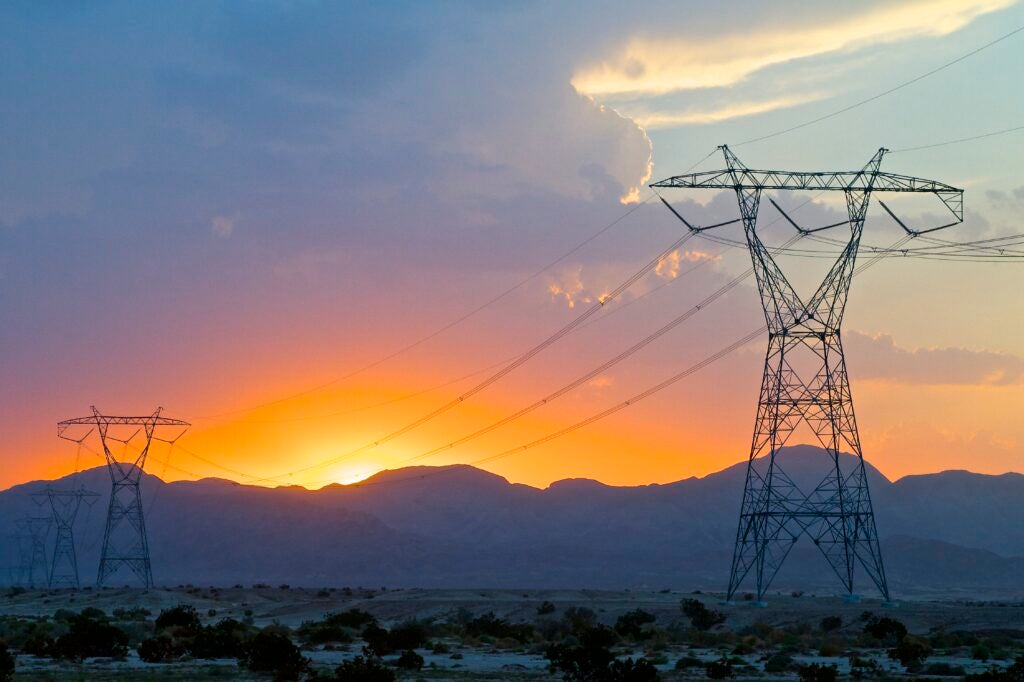- With EPA granting Texas primacy over Class VI wells, the state now controls permitting and oversight of underground carbon storage — and must prove it can enforce strong, science-based standards that protect people, water and climate.
- To build global credibility and public trust, the Railroad Commission should strengthen monitoring, seismic risk management, enforcement capacity and community engagement — ensuring Texas’ carbon storage program is transparent, accountable and safe from the start.















